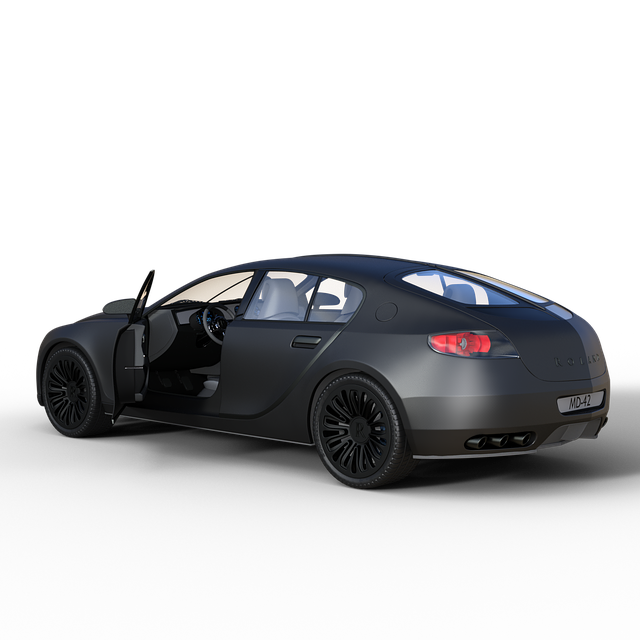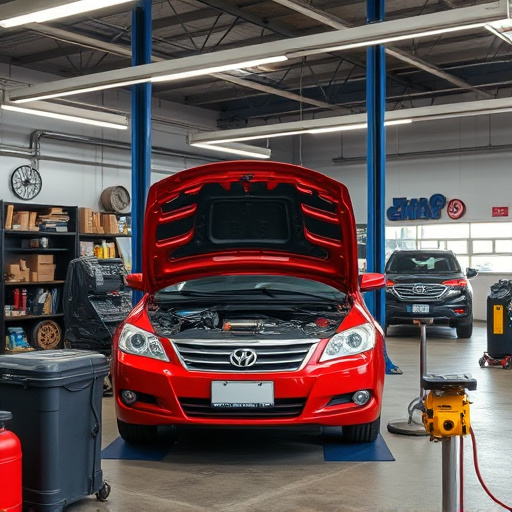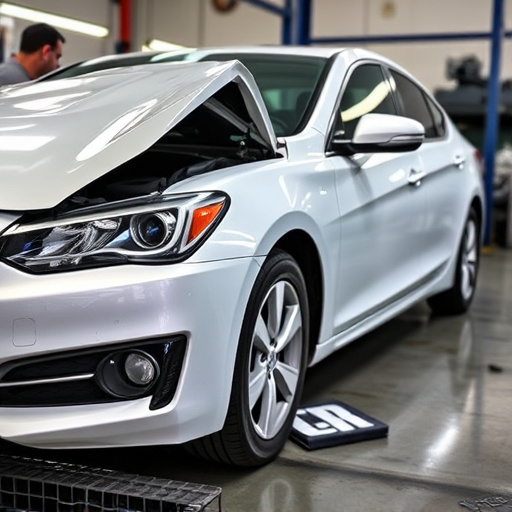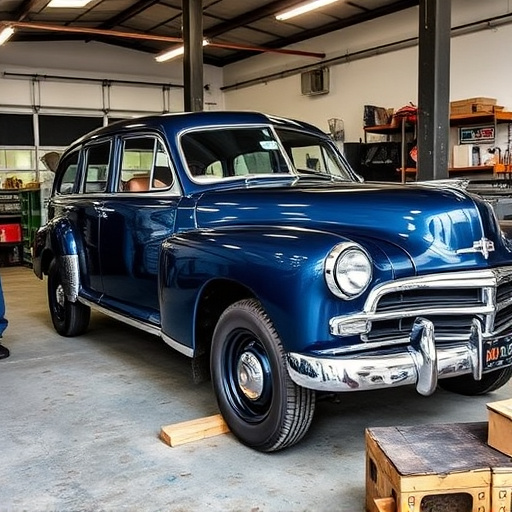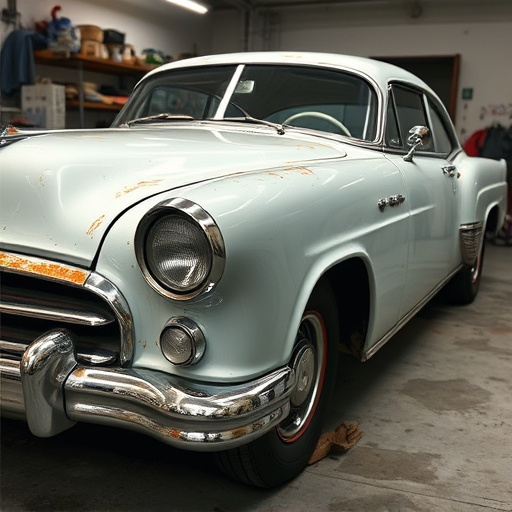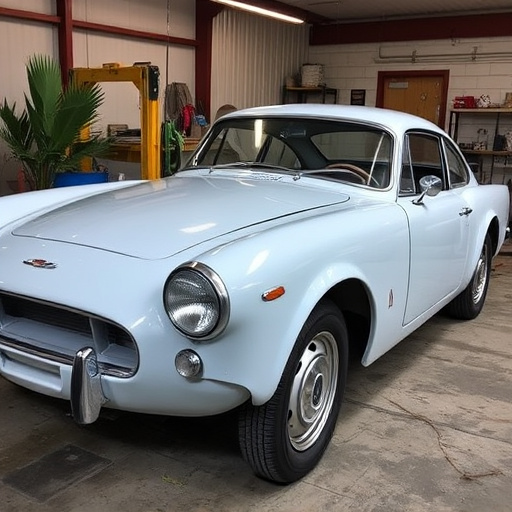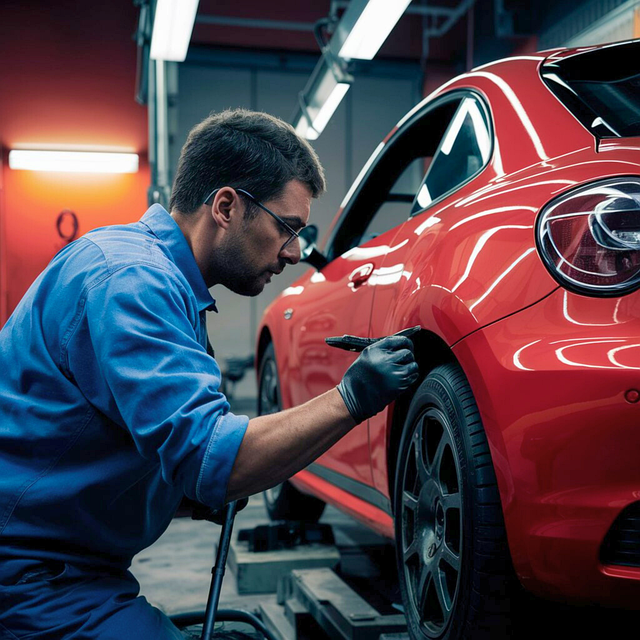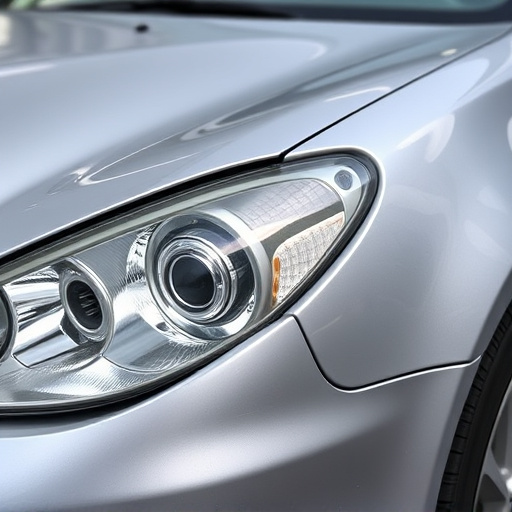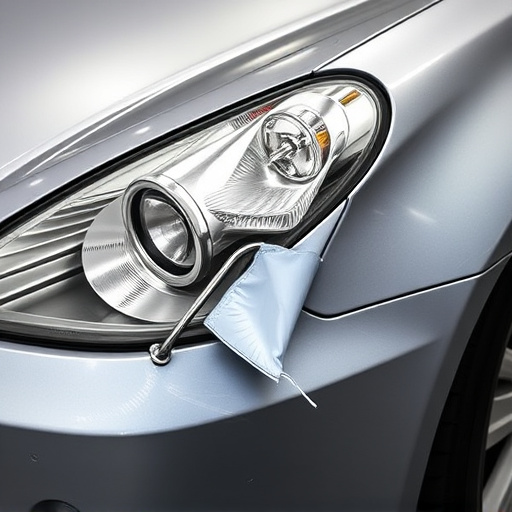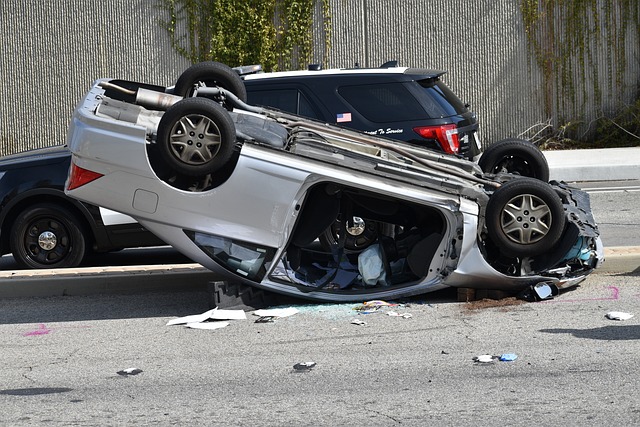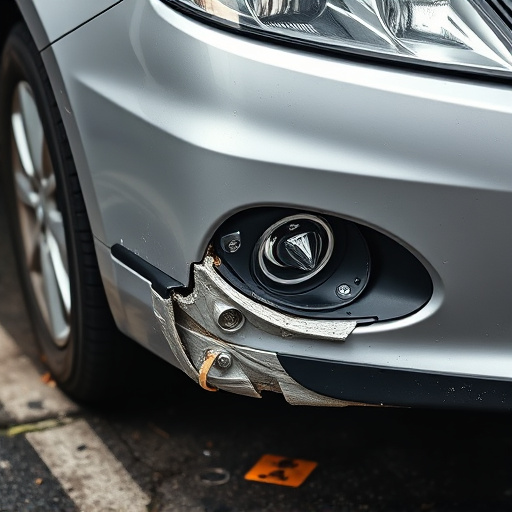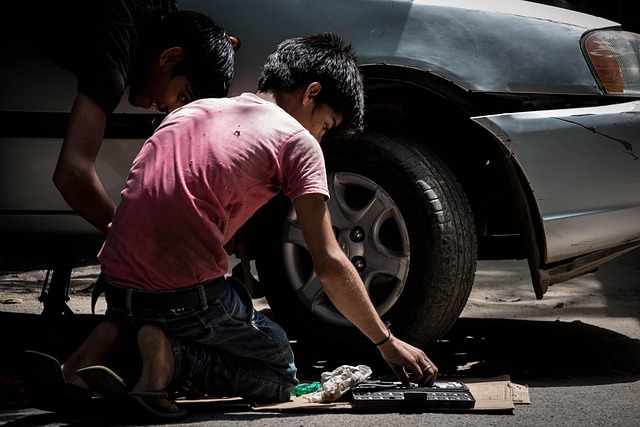Quarter panel dents range from minor to severe, dictating repair methods. DIY for shallow dents using tools like putty knives and rubber mallets, or opt for professional techniques such as frame straightening or Paintless Dent Repair (PDR) for deeper damages. Always assess in a safe workspace, wear protective gear, and use lubricants to avoid damaging components during repair.
“Discover expert techniques for efficient quarter panel dent repair with this comprehensive guide. Quarter panels, often affected by minor impacts or accidents, require meticulous attention to detail. We’ll first unravel the common causes of these dents, emphasizing the importance of early detection and prevention. Then, we’ll navigate the preparation process, detailing safety measures to ensure a secure and accurate repair.
Finally, our step-by-step guide will walk you through effective dent removal techniques, empowering you with the knowledge to restore your vehicle’s sleek appearance.”
- Understanding Quarter Panel Dents and Their Causes
- Preparation and Safety Measures Before Repair
- Step-by-Step Guide to Effective Dent Removal Techniques
Understanding Quarter Panel Dents and Their Causes
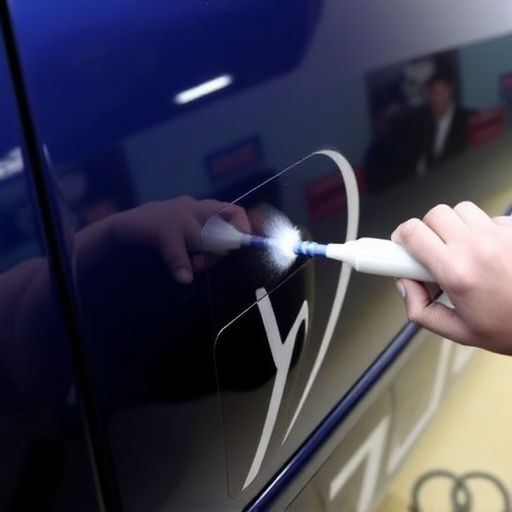
Quarter panel dents can be a common issue for many vehicle owners, often arising from various everyday experiences on the road. These dents typically occur near the car’s quarter panels—the sections connecting the doors to the vehicle’s main body. They can result from minor collisions, parking mistakes, or even accidental bumps while loading or unloading items from your car. Understanding the causes is the first step in effective quarter panel dent repair.
The impact of these dents varies, ranging from shallow indentations to more severe deformities that may require professional attention. In many cases, drivers might opt for DIY repairs for minor dents using tools like putty knives and rubber mallets. However, deeper or complex dents might necessitate more advanced techniques such as frame straightening or even complete fender repair. Choosing the right approach depends on the extent of the damage, with some methods ensuring a seamless restoration while others may leave faint traces of the incident.
Preparation and Safety Measures Before Repair
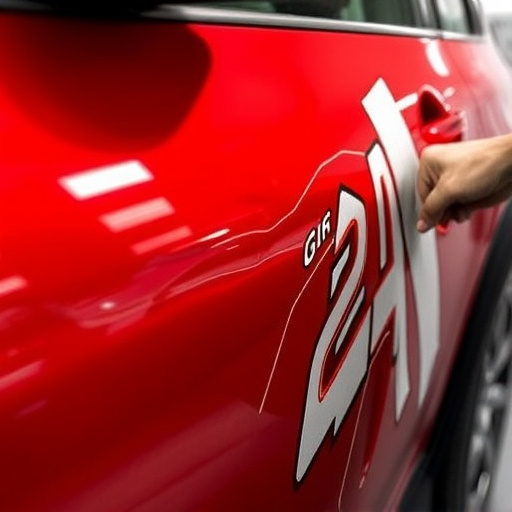
Before attempting any quarter panel dent repair, ensuring a safe and controlled environment is paramount. This involves clearing the work area of loose debris and making sure it’s well-lit to accurately assess the damage. Put on safety gear, including gloves and eye protection, as metal fragments can fly during the repair process.
Additionally, due to the sensitive nature of car bodies, especially around the quarter panels, use a suitable lubricant or release agent to avoid damaging nearby components. This preparation step facilitates smooth removal of the dent while minimizing risk of further vehicle collision repair complications.
Step-by-Step Guide to Effective Dent Removal Techniques
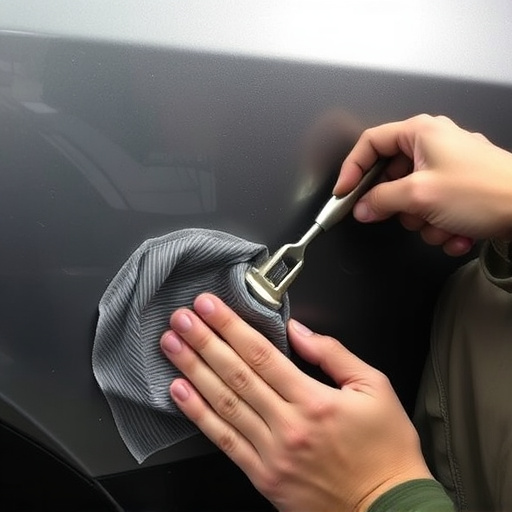
Removing a quarter panel dent effectively requires a systematic approach. Start by inspecting the damage to determine its severity and depth. If the dent is shallow, a simple method using a rubber mallet and a piece of wood can be effective. This involves gently tapping the dent from behind with the wooden block while supporting it with the rubber mallet.
For deeper dents, consider using more advanced techniques like the PDR (Paintless Dent Repair) method or seeking assistance from an automotive body shop. PDR employs specialized tools to pierce and suction away the damaged area without damaging the surrounding paint. Auto repair services often offer this as a cost-effective alternative to traditional dent removal methods.
Quarter panel dent repair is a skill that combines knowledge of automotive aesthetics and meticulous technique. By understanding the causes of these common dents and taking the necessary safety precautions, you’re well-equipped to tackle repairs efficiently. Following a structured approach, from preparation to the final touch, ensures optimal results for your vehicle’s curb appeal. Remember, proper techniques not only restore the quarter panel’s original condition but also preserve the overall value and look of your car.
